Overview
Map
Other Details
كنيسة سيدة النجاة - بكفيا
1833
Bickfaya
Metn
Mount Lebanon
سنة ١٨٣٣ بنى الرهبان اليسوعيّون الدير على انقاض محبسة للأنطونيّين، وجلبوا أيقونة سيدة النجاة بعد سنة وهي رسم ساسو فيراتو. في هذه الكنيسة بدأت الأخويات المريميّة الاحتفال بالشهر المريمي سنة ١٨٣٧. سنة ١٨٥٦ كان بناء الكنيسة الكبيرة، التي كان مقرّرًا أن تكون على اسم مار يوحنا فرنسيس رجيس، فما برح الشعب يرتل ترنيمةً مريميّة فجاءت هذه الحادثة كرسالة دفعت لتكريس الكنيسة على اسم السيدة. حمت السيدة اهالي بكفيا من مجازر سنة ١٨٦٠ وداء الهواء الأصفر سنة ١٨٦٧، واليها تنسب العديد من المعجزات. سنة ١٨٧٣ أُسّست فيها جمعية راهبات القلبين الأقدسين. كذلك بزغت فيها دعوة القديسة رفقا، بطرسية الريّس التي كانت ابنة الأب كليم الجميّل اليسوعيّ، وسمعت في هذه الكنيسة نداء "بتترهبي" الذي دفعها لدخول الحياة الرهبانية في ٩شباط ١٨٥٥ في هذا الدير.The Jesuit order started the mission in Bikfaya in 1833 building the monastery over an old Antonine hermitage, and brought an icon of Our Lady painted by Sasso Ferrato the very next year. In this church the Marian confraternities began celebrating the month of Mary in 1838. The church was built in 1856, during the consecration the church was planned to be dedicated to St John Francis Regis, yet the people began singing a Marian hymn, the superiors read that as a sign and dedicated the church to Our Lady. The Miraculous Virgin protected the villagers from the massacres of 1860, and the cholera pandemic in 1867, and she is known for her miraculous interventions. The congregation of The Blessed Hearts was inaugurated In this church in 1873. And in it the young St Rafqa, Boutrsye el Rayes, who was the spiritual daughter of the jesuit Fr. Kalim el Gemayel, heard the calling of The Madona telling her “you will become a nun”, which lead her to enter the monastic life on the 9th of march 1855.
Visited 2785 times, 6 Visits today



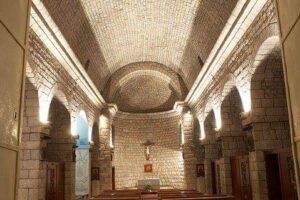
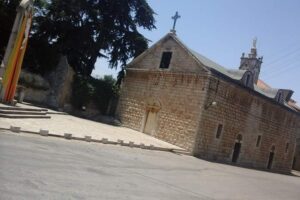
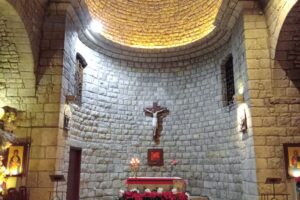
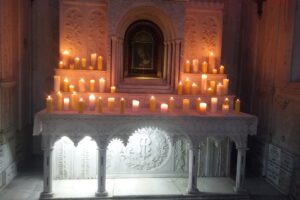
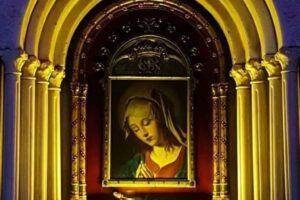
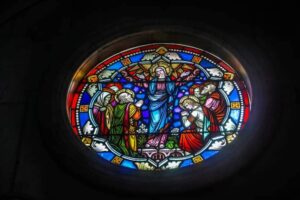
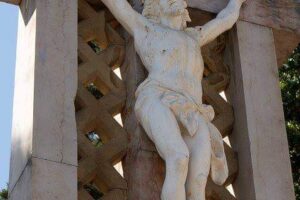
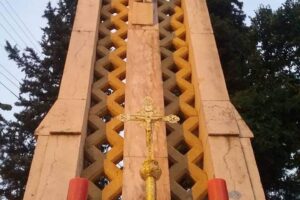
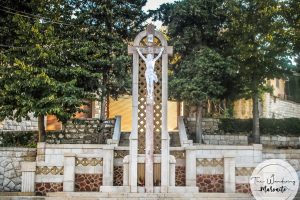
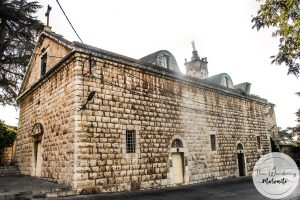
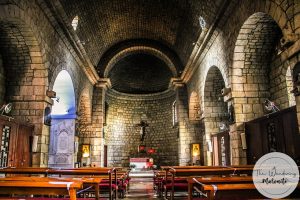
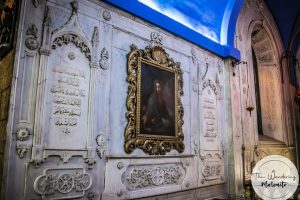
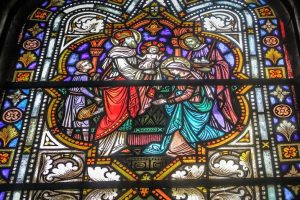
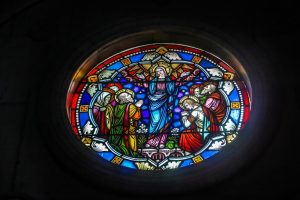























Reviews are disabled, but trackbacks and pingbacks are open.